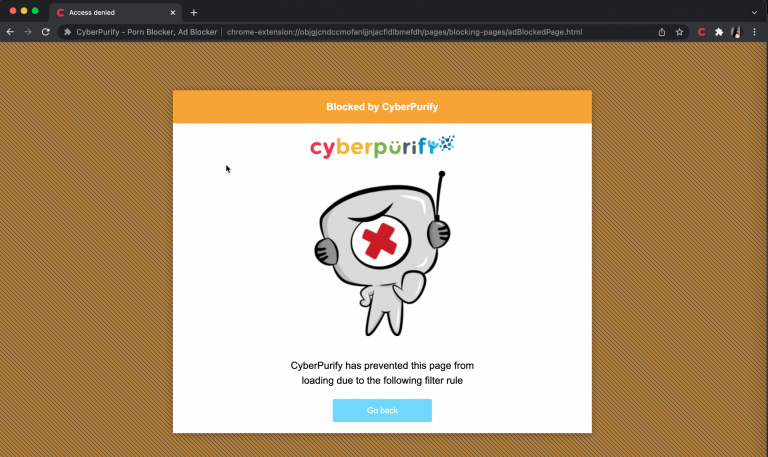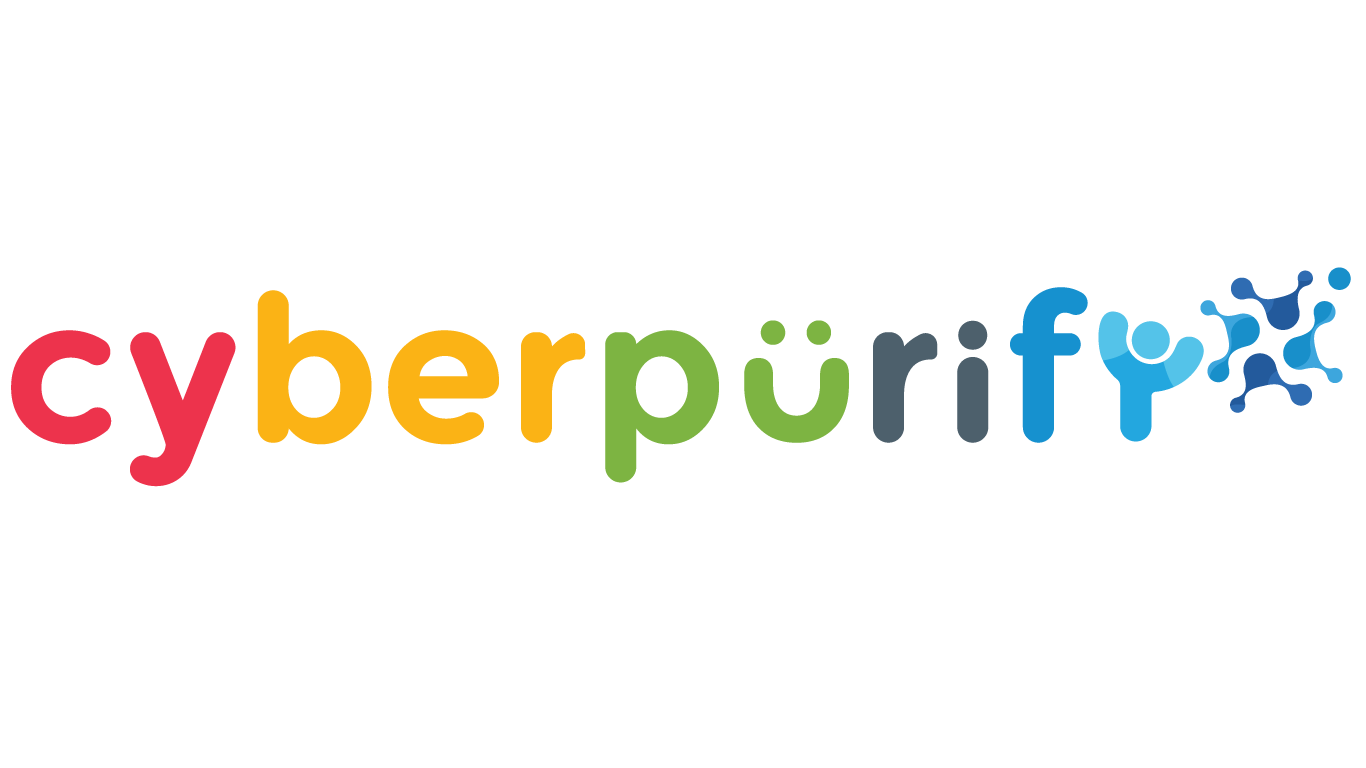Although any age can be a target of cyberbullying, it is most common for children to become the victims because children today are the generation that grew up in the age of the Internet and are the largest users of the Internet for online entertainment.
If the child shows signs of emotion or fear when holding the phone or when online on social networks, it could be a sign that your children are facing the social effects of cyberbullying. In more details, the article below will indicate the 7 types of cyberbullying that children may encounter in the online environment.
What is cyberbullying?
According to Unicef, “Online violence” or “Cyberbullying” is defined as bullying using digital technology.
- Online violence can take place on social media, messaging platforms, gaming platforms, mobile phones, etc.
- It is repetitive behavior, intended to frighten, anger, or shame the targeted people.
What types of cyberbullying are there today?


Cyberstalking – Online Harassment
- Cyberstalking roughly translates to online harassment is when someone uses the Internet to systematically and repeatedly harass, threaten, or intimidate others.
- Some common forms of Cyberstalking are through email, social media, or group chats.
Children or adolescents are more likely to be victims of cyber harassment. Children are the age to use social networks or online platforms the most today, not only for learning but also for entertainment needs. In addition, children are easy to become a victim because of their innocence and lack of guard against bad people.
If a child is a victim of cyber harassment, parents can report it to the relevant agencies to help kids deal with online bullying. Parents should do whatever it takes to get their children to talk more openly about issues they face, such as cyberbullying.
Parents need to stay calm and come up with a smart solution. If their children are victims of any type of cyberbullying, parents should collect evidence of conversations and record times when their child is bullied online. Once the information is collected, parents should report it to the authorities to stop the behavior from continuing.


To be on the safe side, parents should also block the bully on all social media accounts. Parents need also to change their email and password to keep their information secure or set up two-factor authentication for social networks for better security.
Online Impersonation
Online impersonation occurs when someone uses another person’s name or online identity without their consent to harm, threaten, defraud, or intimidate that person.
This form of impersonation is common in the form of fake social media accounts or phishing schemes. Scam schemes have taken a toll on businesses, up to 65% in 2017, and cost midsize companies an average of $1.6 million. The social effects of cyberbullying – Online Impersonation is a worse one.
Maybe you will enjoy reading:
Online impersonation is happening more and more and more sophisticated. With today’s Internet usage, every platform requires you to provide identifying information to use that platform. If a child’s information is stolen and impersonated online, the personal image may be cropped with depraved content or others may smear the child’s reputation.
Given the serious nature of the problem, online impersonation can be considered a breach of one’s identity. If this severely damages the person’s reputation (and evidence is available), the violator can be prosecuted under criminal.


So the advice for parents to prevent online impersonation from happening to children is to keep identity protection on all children’s devices. If there is an impostor account, report it immediately to a social media moderator, editor, or site manager.
Catfishing – Online Scam
Catfishing occurs when someone on the internet creates a fictitious identity to start a relationship. In the age of online dating, this form of scam is becoming more and more common.
The real case of this scam was when Manti Te’o, a soccer star, was fooled by Naya Tuiasosopo posing as a woman. A lot of media outlets reported that she was said to have died of leukemia in the middle of the soccer season. In the end, it was determined that this girlfriend was made up by Naya Tuiasosopo and was completely bogus.


Although Catfishing is not illegal. But if this behavior leads to more serious problems, such as money transactions, it can be counted as a crime.
Teenagers are more likely to fall into the trap of online scams than anyone else. Because at this age, children begin to develop personal thoughts and feelings, so they have a greater need to make friends and interact with friends of the opposite sex to develop a love relationship, for example.


Children may find themselves in a dangerous situation or a state of despair, grief, and depression if they discover they have been deceived by a false identity.
Therefore, the role of parents is very important in helping kids to deal with online bullying.
There are some common signs of Catfishing that can help parents quickly recognize when someone is using this scam on their child:
- First, the person can pretend to be a celebrity like a model, actor, etc.
- Their profile may be new, incomplete, or inconsistent.
- They may rush to advance the relationship to achieve their goals and avoid meeting face-to-face.
Doxxing – Stealing information online
Doxxing, also known as online information theft, occurs when someone’s personal information is published online to let others harass and annoy them. This can include anything from their address, and phone number to information about their family.
Doxxing happens a lot in the gaming world. The most famous example is the 2014 Gamergate incident. Zoe Quinn, a video game developer, was publicly accused of sleeping with a journalist. Her ex has revealed her address and she has been harassed both online and in person.


Children today are interested in online games and frequently participate in activities on game websites. It is not excluded that children will become victims of online information theft because they are young, lack precaution, are easy to reveal identity information, and easily grasp weaknesses.
To prevent doxxing, make sure your child’s information is private.
- Try a Google search for your children’s names to see what was posted and take steps to remove it.
- Make sure all your child’s Internet profiles are private and use a VPN for added security.
- Proactively remove data from websites that pose a risk of exposing your children’s personal information.
What should parents do to help kids deal with online bullying?


If you’re sure your child is experiencing online violence, it’s important to stay calm to deal with the problem. Here are some helpful tips for parents to protect their children from cyberbullying:
- Take your child’s problems seriously. Listen to everything your child has to say and make sure they feel safe talking to you. Never lose your temper and scold or scare your child, because that will make the child become more distant from you and will limit sharing all his problems with you in the future.
- Block online bullies on all social media accounts. Make sure they can’t contact the connected account. This is a very important step to prevent online bullying from continuing and must be taken first to protect your children.


- If the bully is someone you know from the same school, contact the school to let the administration know what’s going on. Many schools have adopted anti-bullying measures.
- Learn all the rights that the law protects individuals from each types of cyberbullying. Make sure to collect all the evidence that contains online bullying in case you need to use it later in court.
- Install an online content filter tool With millions of harmful sites creeping into the Internet every hour, every minute, even if your kids are not curious, they are still at an extremely high risk of accessing them, which leads to porn addiction, poor academic performance, or imitation of dangerous behaviors. No parent wants that to happen!


That’s why, to keep your children safe more effectively, you should consider using CyberPurify Kids – a content filtering tool to filter 15 types of harmful content online such as:
- Pornography
- Horror content like gore, accidents, ghosts, violence, murder, terrorism, etc
- Content about stimulants, addictive substances such as alcohol, beer, marijuana, drugs, etc
- Content with aggressive elements, hurting others like Hate speech
This free tool can help you minimize your child’s access to harmful content, ensuring a healthy online environment but at same time, still respecting their privacy rights.
CyberPurify Kids is available for Google Chrome, Safari, Firefox, and Microsoft Edge. Get your children an online protector here!
You may enjoy reading about:















